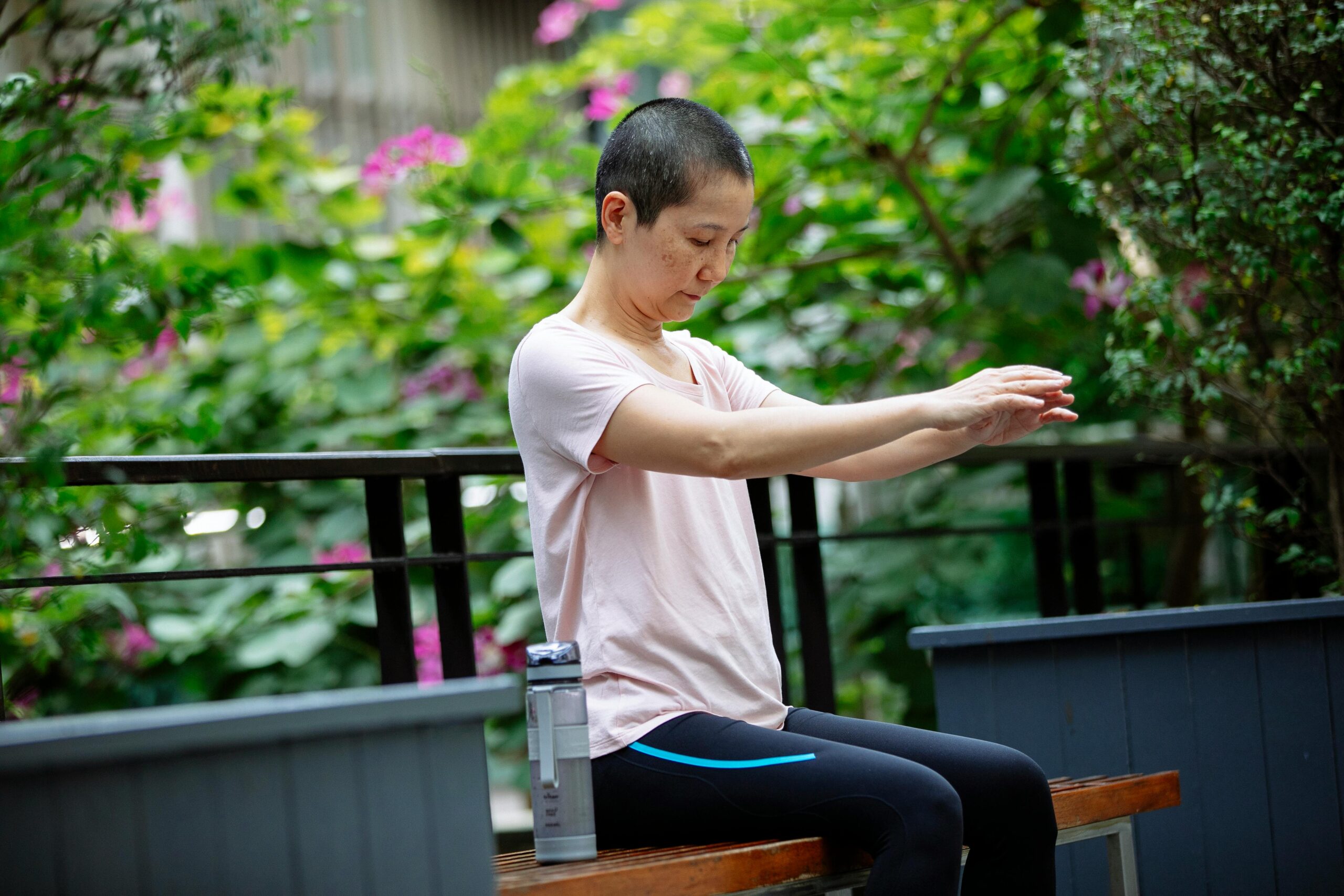For cancer survivors, the journey doesn’t end with treatment completion. Survivorship is a lifelong process that encompasses physical, emotional, and psychosocial aspects of recovery and adjustment to life after cancer. Incorporating regular exercise into the survivorship journey can have profound benefits for physical health, emotional well-being, and overall quality of life. In this article, we’ll explore the transformative power of exercise in cancer survivorship and provide guidance on how survivors can harness the benefits of physical activity to thrive beyond cancer.
Physical Benefits of Exercise for Cancer Survivors:
Regular exercise offers a myriad of physical benefits for cancer survivors, including:
1. Improved Physical Function: Exercise can enhance cardiovascular health, muscular strength, flexibility, and endurance, helping survivors regain and maintain physical function following cancer treatment. Engaging in regular physical activity can reduce fatigue, improve stamina, and enhance overall physical well-being.
2. Reduced Risk of Recurrence: Evidence suggests that regular exercise may reduce the risk of cancer recurrence and improve long-term survival rates for certain cancer types, including breast, colorectal, prostate, and ovarian cancer. Exercise may exert protective effects by modulating hormonal levels, reducing inflammation, and supporting immune function.
3. Management of Treatment Side Effects: Exercise can help mitigate common treatment side effects, such as fatigue, neuropathy, lymphedema, pain, and cognitive impairment. Physical activity promotes circulation, reduces muscle stiffness, and enhances mood, contributing to symptom management and improved quality of life during and after cancer treatment.
4. Weight Management: Maintaining a healthy body weight is associated with reduced cancer risk and improved outcomes for cancer survivors. Regular exercise, combined with a balanced diet, can help survivors achieve and maintain a healthy weight, reduce body fat, and prevent weight gain or loss following cancer treatment.
Emotional and Psychosocial Benefits of Exercise:In addition to physical benefits, exercise offers profound emotional and psychosocial benefits for cancer survivors, including:
1. Improved Mood and Mental Health: Exercise is known to boost mood, alleviate symptoms of anxiety and depression, and promote overall psychological well-being. Engaging in physical activity releases endorphins, neurotransmitters that act as natural mood lifters, and provides a sense of accomplishment and empowerment for survivors.
2. Stress Reduction: Exercise serves as a powerful stress reliever, helping survivors cope with the emotional and psychological challenges of cancer survivorship. Physical activity can reduce stress levels, promote relaxation, and enhance resilience in the face of adversity, providing a valuable outlet for managing stress and anxiety.
3. Enhanced Self-esteem and Body Image: Physical activity can improve self-esteem, body image, and self-confidence among cancer survivors by promoting a sense of control, autonomy, and self-efficacy. Engaging in regular exercise allows survivors to reconnect with their bodies, rebuild strength and resilience, and embrace a positive sense of identity beyond cancer.
4. Social Connection and Support: Participating in group exercise classes, walking groups, or fitness programs tailored for cancer survivors can foster social connection, camaraderie, and peer support. Engaging in physical activity with others provides opportunities for social interaction, shared experiences, and a sense of belonging within the survivor community.
Incorporating Exercise into Cancer Survivorship:
To harness the benefits of exercise in cancer survivorship, survivors can:
1. Consult with Healthcare Providers: Before starting an exercise program, survivors should consult with their healthcare providers to ensure it is safe and appropriate based on their individual health status, treatment history, and any existing medical conditions.
2. Start Slowly and Gradually Increase Intensity: Begin with low-impact activities, such as walking, swimming, cycling, or gentle yoga, and gradually increase intensity, duration, and frequency as fitness levels improve. Listen to your body and adjust your exercise routine based on how you feel.
3. Set Realistic Goals: Set achievable goals for your exercise routine, taking into account your current fitness level, preferences, and lifestyle. Focus on incorporating enjoyable activities that you look forward to and that fit seamlessly into your daily routine.
4. Prioritise Consistency: Aim for consistency in your exercise routine by scheduling regular workouts, setting aside dedicated time for physical activity, and prioritising self-care and well-being. Even short bouts of exercise can yield significant benefits over time.
5. Listen to Your Body: Pay attention to how your body responds to exercise and make adjustments as needed to prevent injury, fatigue, or overexertion. Honour your body’s signals and take rest days when necessary to allow for recovery and replenishment.
Exercise is a powerful tool for promoting health, well-being, and resilience in cancer survivorship. By incorporating regular physical activity into their daily lives, survivors can reap a multitude of benefits for their physical, emotional, and psychosocial health, empowering them to thrive beyond cancer. Whether it’s a brisk walk in nature, a gentle yoga practice, or a group fitness class with fellow survivors, finding joy and fulfilment in movement can be a transformative part of the survivorship journey.
By cancer-research.org team.




